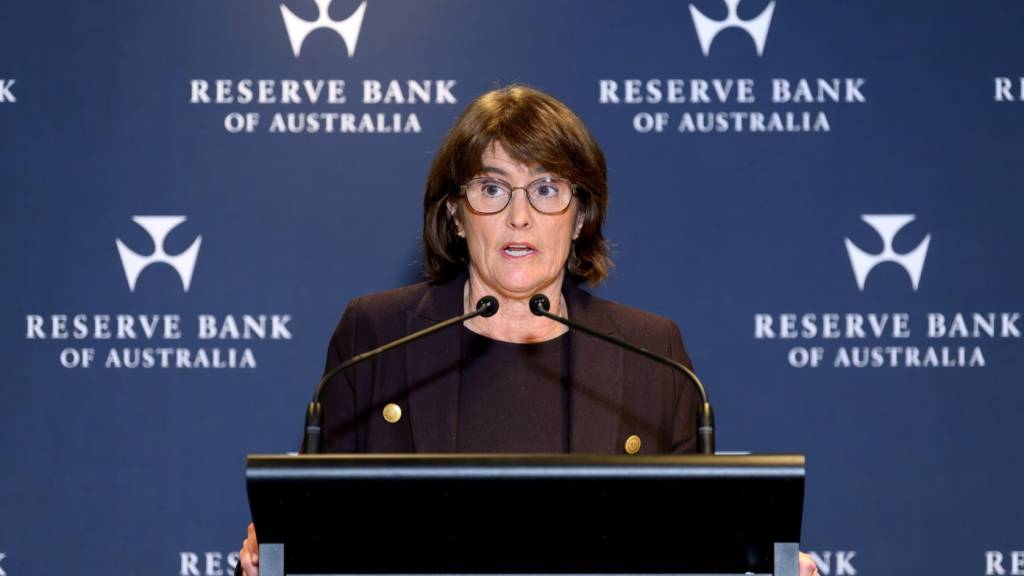
The Australian job market is showing signs of strain, a situation many attribute to the Reserve Bank of Australia’s (RBA) recent monetary policy decisions. The central bank’s choice to maintain interest rates on July 8 has sparked criticism, with some questioning the accountability of its monetary policy board. Ordinary Australians are feeling the repercussions of these decisions, which appear to contradict clear economic indicators.
The latest employment data from the Australian Bureau of Statistics (ABS) paints a grim picture. The June jobs report revealed a rise in the unemployment rate to 4.3%, the highest in over three and a half years. Only 2,000 new jobs were created in June, following a loss of 1,000 jobs in May. The number of unemployed individuals increased by 33,600, signaling a troubling trend in the labor market.
Struggling Labor Market
June also saw a decline in hours worked, dropping by 0.9% after a 1.4% increase in May. This decrease aligns with a reduction in full-time employment, as the ABS reported a 38,000-person fall in full-time jobs. Meanwhile, part-time employment rose by 40,000, indicating a shift by employers to adjust to weaker demand. Such adjustments, however, are often temporary, raising concerns about potential future job cuts if economic conditions do not improve.
One silver lining is the slight increase in the participation rate, which rose to 67.1% from 67%. This figure is just shy of the record 67.2% set in January. However, this increase may partly be driven by economic necessity, with more women entering the workforce to help families cope with high interest rates.
Business Conditions and Economic Impact
The job market woes are not isolated. The National Australia Bank’s (NAB) June quarter business survey, a respected barometer of business conditions, reported a decline to the lowest level since the third quarter of 2020. The survey highlighted weakened trading and employment conditions, with profitability remaining weak.
“Business conditions eased to their lowest level since Q3, 2020,” the NAB survey reported, noting that “falls in the trading and employment components were the drivers, while the profitability component remained weak.”
Particularly hard-hit sectors include retail, manufacturing, and wholesale, though there were gains in mining, transport, business services, and property. Retail, a critical component of the economy, showed the weakest conditions, underscoring the challenges faced by consumers and businesses alike.
Criticism of RBA’s Leadership
Critics have been vocal about the leadership of RBA Governor Michele Bullock and the monetary policy board. The decision to maintain high interest rates, despite evidence suggesting the need for a cut, has been labeled as detrimental to Australia’s economic health. The board’s reluctance to adjust rates in late 2023 and again in April 2024 has been particularly controversial.
The RBA’s stance is seen by some as the primary threat to Australia’s economic prosperity, with calls for accountability and potential policy shifts growing louder. The question remains whether Governor Bullock and the board will acknowledge the impact of their decisions or continue to seek additional data before acting.
Looking Ahead
The RBA’s next move is eagerly anticipated, with many hoping for a rate cut in August. However, there is skepticism about whether the board will take decisive action or delay further. The economic landscape remains uncertain, and the pressure is mounting for the RBA to respond to the challenges facing ordinary Australians.
As the country grapples with these economic hurdles, the need for effective and responsive monetary policy is more critical than ever. The coming months will be pivotal in determining the trajectory of Australia’s economic recovery and the RBA’s role in shaping it.







